Colour fastness test - Visual comparison of colours
Benefit from our many years of experience in the visual assessment of colour change by our trained, competent testers with appropriate colour vision.
The colour fastness test is carried out to visually assess the change in colour under defined test conditions. For this purpose, a standardised grey scale is used, which is characterised by precise colourimetric specifications of the differences in brightness of the grey levels. In particular, the optical appearance changed by ageing as a result of laboratory weathering, heat or climatic exposure can be evaluated with the help of the colour fastness test.
The colour fastness test determines a characteristic value that allows an interpretation. The two international standards in the field of colour fastness testing with grey scale are ISO 105-A02 and ISO 105-A03.

Fundamentals
Technical equipment

Light booth LED Color Viewing Light M 2.0 Hybrid (JUST Normlicht GmbH)
- multispectral LED light source
- lluminants:
- A
- D50
- D65
- D70
- F11 (TL84)
- any iluminants can be realised with LED light source
- Colour rendering index Ra or CRI greater than 95, colour deviation ≤ 0.002, no chromaticity shift during dimming
- High illuminance (2000 lux) due to special Fresnel discs, best homogeneity of illumination
- 45° sample stand for colour matching
- 9-step grey scale according to ISO 105-A02 for evaluation of colour change
- 9-step grey scale according to ISO 105-A03 for evaluation of staining
Standards
Dr.-Ing. Marcus Schoßig
Phone: +49 (0)3461 30889-53
Write e-mail
